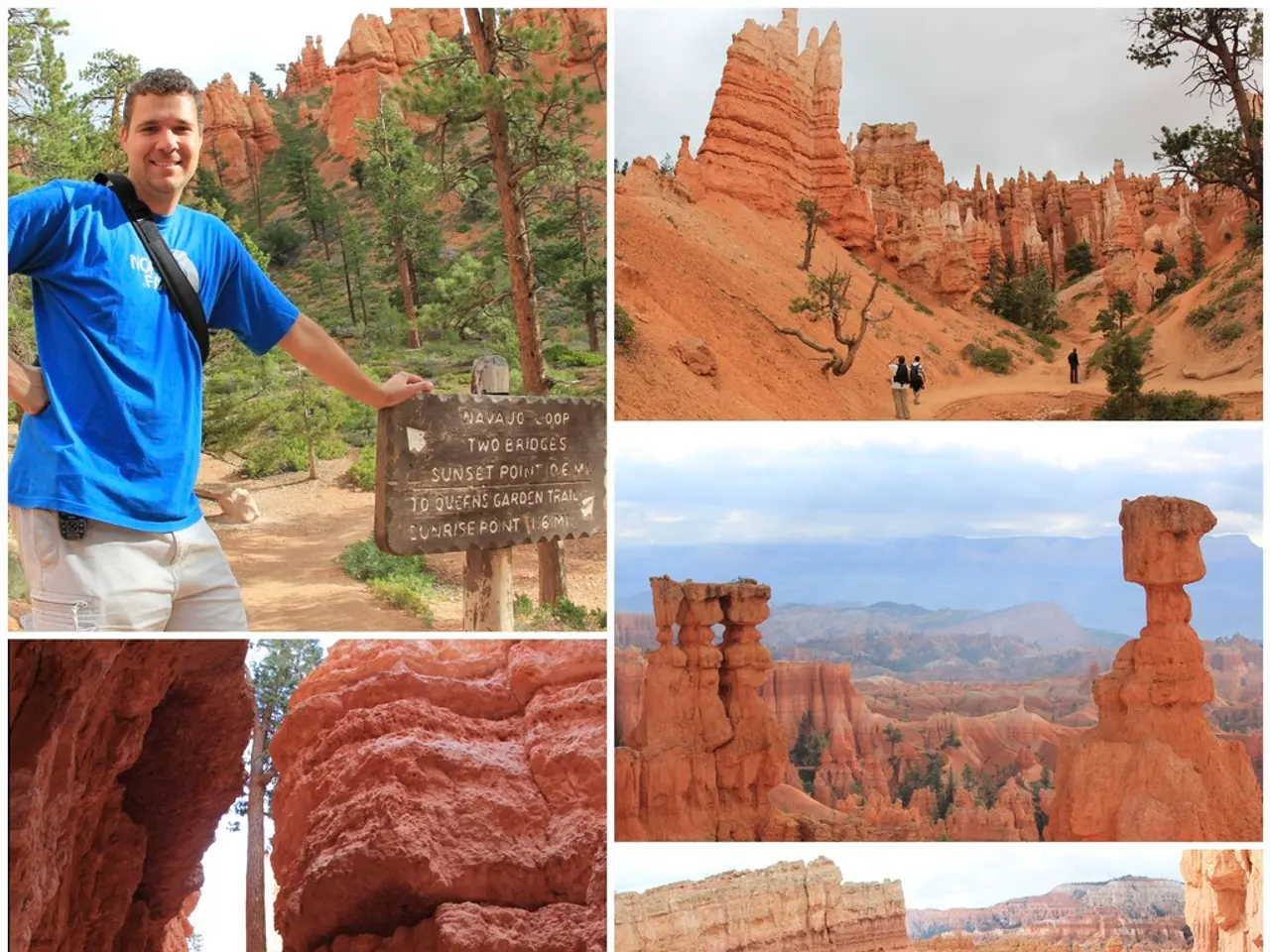Researchers in Mexico have recently stumbled upon a sensational find in a cave, unearthing clues hinting at the mysteries surrounding the Maya's vanishing.
In the heart of the Yucatan peninsula, a millennium-old stalagmite has provided archaeologists with a glimpse into the past, offering insights into the collapse of the Mayan civilization. The Grutas Tzabnah cave, located near Cancun, houses natural climate archives in the form of stalagmites and stalactites.
Researchers from the National Autonomous University of Mexico (UNAM) recently discovered this over thousand-year-old stalagmite, which contains traces of past climate changes. The data from this stalagmite corroborates other archaeological indices, offering tangible evidence to support a hypothesis that major climate upheavals probably sealed the fate of the Mayan civilization.
The Mayan civilization, renowned for its scientific advances and monumental constructions, is an intriguing enigma for contemporary archaeologists. During its peak, the civilization was mainly based on maize cultivation. However, a series of severe droughts, the most notable of which lasted 13 consecutive years, had a devastating impact on the Mayan economy.
These droughts occurred during a period when several major Mayan cities, including Chichen Itza, stopped constructing new infrastructure. Authorities were unable to ensure food security for their populations during this period, leading to repeated famines. These repeated famines led to a progressive shaking of the foundations of Maya society.
The Yucatan peninsula underwent at least 8 severe drought episodes between the years 871 and 1021. The progressive disappearance of the Mayan civilization continues to fuel scientific debates. Several theories attempt to explain the collapse of the Mayan civilization, including soil exhaustion, epidemics, political rivalries, or overexploitation of natural resources.
However, the evidence from the Grutas Tzabnah stalagmite suggests that climate changes played a significant role in the collapse of the Mayan civilization. The data from the stalagmite indicates periods of severe drought, which would have made maize cultivation nearly impossible. This, in turn, would have led to food shortages and mass migrations.
Inhabitants of the Mayan cities would have massively abandoned their ancestral cities to migrate to more temperate territories. These migrations hastened the end of the Mayan civilization. The hypothesis that major climate upheavals probably sealed the fate of the Mayan civilization is gaining ground, thanks to the tangible evidence discovered in the Mexican cave.
As researchers continue to study the stalagmite, they hope to uncover more insights into the past climate changes and their impact on the Mayan civilization. The Grutas Tzabnah cave continues to be a treasure trove of information, offering a glimpse into the past and shedding light on one of the most intriguing enigmas in archaeology.
Read also:
- Nightly sweat episodes linked to GERD: Crucial insights explained
- Antitussives: List of Examples, Functions, Adverse Reactions, and Additional Details
- Asthma Diagnosis: Exploring FeNO Tests and Related Treatments
- Unfortunate Financial Disarray for a Family from California After an Expensive Emergency Room Visit with Their Burned Infant








